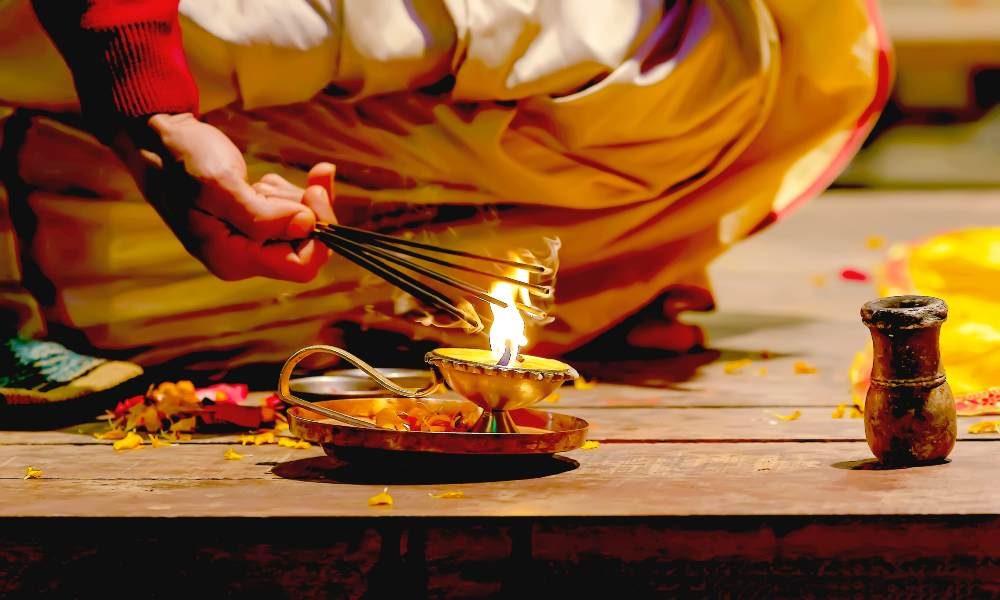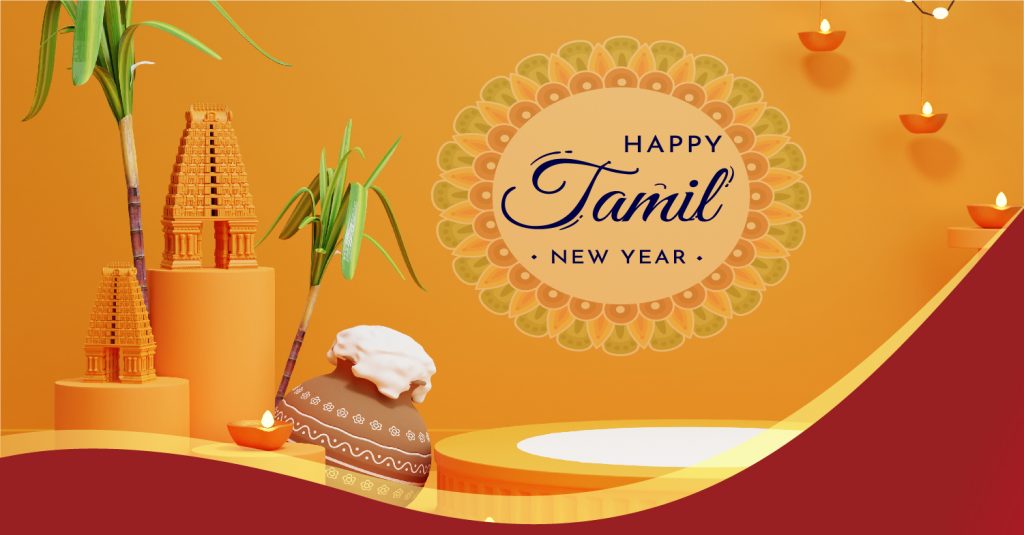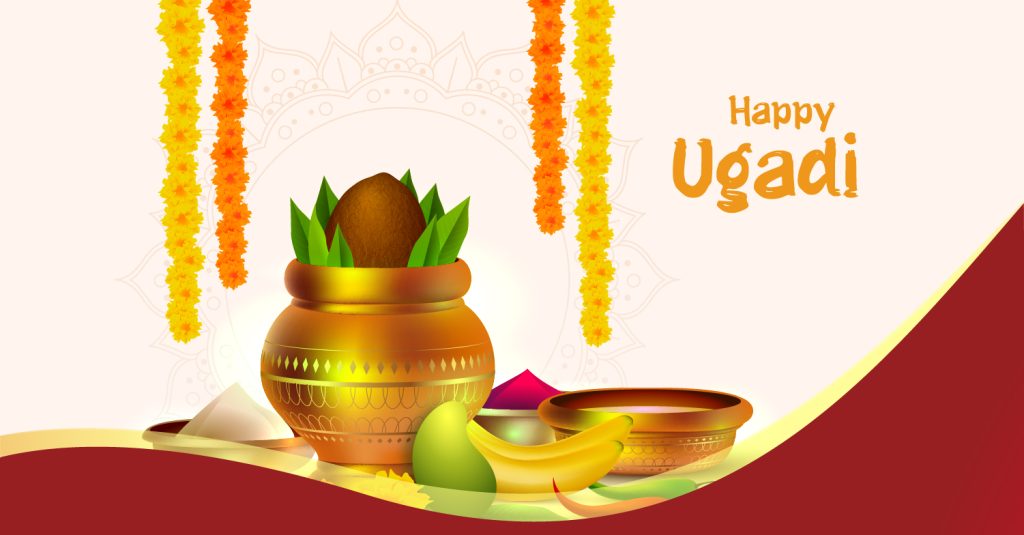How Important is Ekadashi Fasting in 2024?
Ekadashi, a Sanskrit term meaning ‘the eleventh,’ marks the auspicious eleventh day of each lunar fortnight. This spiritual phenomenon occurs twice a month, during the bright (Shukla Paksha) and dark (Krishna Paksha) fortnights. Ekadashi extends beyond a mere ritual; it symbolizes the control of the senses and the journey toward heightened consciousness.
Understanding Ekadashi
In a spiritual context, Ekadashi signifies the eleven senses comprising five sensory organs, five organs of action, and the mind. Observing fasting on this day involves controlling these ten senses and the mind while consuming select foods like fruits, milk, and vegetables, abstaining from rice, beans, and grains.
Scientifically, the moon’s influence on mental frequencies during Ekadashi days supports the practice of vrat (fast). It helps channel high mental energy positively, fostering a deeper connection with consciousness and deterring negative actions.
There are 24 Ekadashi in a year, each associated with different incarnations of Lord Vishnu.
Ekadashi Stories: A Tapestry of Spirituality
According to Hindu mythology, the origin of Ekadashi fasting is narrated in the “Padma Purana.” It recounts the tale of Mura, a ruthless demon terrorizing both demigods and devotees. Lord Vishnu, in a brilliant strategy, vanquished Mura with the assistance of Maha Shakti Ekadashi, who emerged from the Lord’s potency. Bestowing blessings, Lord Vishnu established the significance of observing Ekadashi vrat, promising liberation from sins and access to His transcendental abode.
Each Ekadashi type unfolds a unique story with historical roots, influencing devotees’ reasons for observing it. Putrada Ekadashi, for instance, aims to fulfill the desire for a male child, rooted in Lord Vishnu’s manifestation to grant such a wish. Mohini Ekadashi seeks to absolve past-life sins through devotion to the Mohini avatar of Lord Vishnu.
Other Ekadashi stories, like Mokshada Ekadashi, echo principles from the Mahabharata, exemplifying diverse sources of inspiration for practitioners.
Ekadashi Types and Rituals
Every month hosts two Ekadashis, resulting in a total of 24 Ekadashis annually. Here are the 24 types of Ekadashis
1. Varuthini Ekadashi
– Date: 11th Tithi of Krishna Paksha in Baishakh (April/May).
– Worship: Vamana avatar for protection.
2. Mohini Ekadashi
– Date: 11th Tithi of Shukla Paksha in Baishakh.
– Worship of Lord Vishnu in Mohini form.
3. Apara Ekadashi
– Date: 11th Tithi of Krishna Paksha in Jestha (May/June).
– Also known as Achala Ekadashi.
4. Nirjala Ekadashi
– Date: 11th Tithi of Shukla Paksha in Jestha.
– Pandava Nirjala Ekadashi.
5. Yogini Ekadashi:
– Date: 11th day of Krishna Paksha in Ashadh (June/July).
6. Padma/Devshayani Ekadashi
– Date: 11th Tithi of Shukla Paksha in Ashadh.
– Also known as Hari Shayani Ekadashi.
7. Kamika Ekadashi
– Date: 11th Tithi of Krishna Paksha in Shravan (July/August).
– Worship of Krishna avatar for Moksha and freedom from ancestral curses.
8. Shrawan Putrada Ekadashi
– Date: Shukla Paksha of Shravan.
9. Parivartini, Vamana or Parsva Ekadashi
– Date: Krishna Paksha of Bhadra.
10. Ananda/Aja Ekadashi
– Date: 11th Tithi of Shukla Paksha in Bhadra.
– Worship of Lord Vishnu and Goddess Lakshmi for wealth and happiness.
11. Indira Ekadashi
– Date: 11th Tithi of Krishna Paksha in Ashwin (Sept/Oct).
12. Papankusha Ekadashi
– Date: 11th Tithi of Shukla Paksha in Ashwin.
– Dedicated to Lord Padmanabha.
13. Rama Ekadashi
– Date: 11th Tithi of Krishna Paksha in Kartik (Oct/Nov).
14. Devathuna Ekadashi
– Date: 11th day of Shukla Paksha in Kartik.
– Marks Tulsi and Lord Shaligram’s sacred wedding.
15. Utapanna Ekadashi
– Date: 11th Tithi of Krishna Paksha in Mangsir (Nov/Dec).
– Symbolizes Lord Krishna’s victory over Murasura and Ekadashi’s birth.
16. Mokshada Ekadashi
– Date: 11th day of Shukla Paksha in Mangsir.
– Celebrates Bhagavad Gita’s birthday and aids in attaining Moksha.
17. Saphala Ekadashi
– Date: 11th Tithi of Krishna Paksha in Paush (Dec/Jan).
18. Pausha Putrada Ekadashi
– Date: 11th day of Shukla Paksha in Paush.
19. Satilla Ekadashi
– Date: 11th Tithi of Krishna Paksha in Magha (Jan/Feb).
– Offerings to Lord Vishnu for blessings.
20. Jaya Ekadashi
– Date: 11th Tithi of Shukla Paksha in Magha.
21. Vijaya Ekadashi
– Date: 11th Tithi of Krishna Paksha in Falgun (Feb/Mar).
– Worship of Lord Krishna
22. Amalaki Ekadashi
– Date: 11th Tithi of Shukla Paksha in Falgun.
– Marks the start of the Holi festival.
23. Kamada Ekadashi
– Date: 11th day of Shukla Paksha in Chaitra (Mar/Apr).
24. Papmochani Ekadashi
– Date: 11th Tithi of Krishna Paksha in Chaitra.
– Last of the 24 Ekadashis.
Ways to Practice Ekadashi Fasting & Benefits
1. Nirjala: Fasting without consuming any food for the entire day.
2. Sajala: Sustaining water, fruit juices, and other liquid food items.
3. Farali: Nourishing the body with milk and fruits.
Ekadashi contributes to mental purification, detoxification, and improved health by converting fat globules into energy, controlling sugar levels, and revitalizing the body.
Conclusion
In simple terms, Ekadashi is more than just a tradition – it’s a special spiritual practice with deep roots in ancient wisdom. It’s like an opportunity to connect with tradition and experience positive changes in our well-being.
If you’re preparing for Ekadasi fasting, you can find all the essential puja products at great deals on poojai.com.








